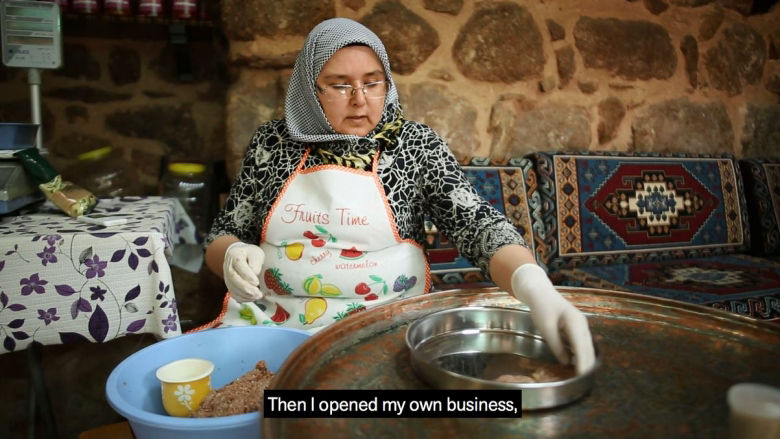Country Context
Türkiye | 2024 |
Population, million | 85.5 |
GDP, current US$ trillion | 1.32 |
GDP per capita, current US$ | 15,461 |
Life Expectancy at Birth, years | 78.5 |
Türkiye is the 17th largest economy in the world with a GDP of $1.32 trillion as of 2024. It is a member of the OECD and the G20 and an increasingly important donor of official development assistance (ODA).
Türkiye enjoyed high growth rates between 2006 and 2017 supported by ambitious reforms, propelling the country to upper-middle-income status. Real GDP growth averaged 5.4% between 2002 and 2022 doubling income per capita (in real terms). Moreover, growth was accompanied by rapid poverty reduction: the poverty rate decreased from above 20% in 2007 to 7.6% in 2021.
For Türkiye to preserve and further its progress, it must navigate through significant challenges. Key among these is revitalizing economic growth in a post-COVID era marked by a challenging macroeconomic climate and a downward trend in productivity observed since the mid-2010s. Furthermore, although economic expansion has continued, the reduction in poverty rates has lost momentum since 2016, hindered by increasing inequality highlighting the need for interventions that contribute to job creation. Türkiye continues to address the effects of the earthquakes that hit the country in 2023. They caused more than 50,000 casualties, injured 107,000 people, damaged or destroyed 1.9 million housing units, and displaced 3.3 million people, of whom two million needed shelters. The assessments estimated the recovery and reconstruction needs at around $81.5 billion. Risks also remain high, with about 70% of the country’s population living in first- and second-degree seismic zones.
Following the May 2023 Presidential elections, an economic team launched a comprehensive policy set to address past macroeconomic imbalances, especially high inflation. Since then, Türkiye has been moving to normalizing its macroeconomic strategies. The country experienced a robust economic expansion of 4.5% in 2023 that moderated slightly to 3.2% in 2024. Growth is currently expected to remain broadly stable at 3.1% in 2025. Longstanding macro and structural challenges that undermine potential growth—including high inflation, low productivity growth, and weakening foreign direct investment—would require robust fiscal measures and ambitious structural reforms to help accelerate sustainable economic growth.
Last Updated: Apr 24, 2025







